Imagine investing billions into a grand infrastructure project only to witness its collapse, both financially and environmentally. This scenario isn't just a nightmare but a reality that unfolded with a major road project in Australia, sending shockwaves through the carbon markets and the economy. Australia's road infrastructure is pivotal to its economic health, and any disruptions can have far-reaching implications.
According to the Australian Bureau of Statistics (ABS), infrastructure projects account for a significant portion of government expenditure, with impacts on employment and economic growth. Yet, when these projects fail, they can lead to increased carbon emissions and financial losses. Understanding these dynamics is crucial for policymakers, investors, and carbon market analysts alike.
Case Study: The East-West Link Project
Problem
The East-West Link project in Melbourne was envisioned as a solution to the city's traffic congestion, a $6.8 billion undertaking meant to connect the Eastern Freeway with the Western Ring Road. However, the project was marred by political disputes, environmental concerns, and community opposition. This led to its cancellation in 2015, costing the Victorian government over $1 billion without a single kilometer of road constructed.
Action
Despite initial enthusiasm, the project faced intense scrutiny over its environmental impact, particularly regarding increased carbon emissions. Community protests highlighted the potential destruction of green spaces and increased pollution levels. The Victorian government eventually decided to halt the project, prioritizing public sentiment and environmental considerations.
Result
- Financial Loss: Over $1 billion in sunk costs without tangible infrastructure outcomes.
- Environmental Impact: Avoided potential increase in carbon emissions by not proceeding with the project.
- Policy Shift: Led to a reevaluation of infrastructure projects, emphasizing sustainability and public engagement.
Takeaway
This case underscores the critical need for comprehensive impact assessments that include environmental, social, and economic factors. It highlights the importance of transparent stakeholder engagement and the incorporation of sustainable practices in large-scale projects. Australian policymakers and investors must learn from this to ensure future projects are both environmentally sustainable and economically viable.
Pros & Cons Evaluation
Pros
- Increased Connectivity: Successful road projects can improve traffic flow and reduce congestion, leading to economic benefits.
- Job Creation: Infrastructure projects typically generate significant employment opportunities during construction phases.
- Economic Growth: Well-executed projects can stimulate local economies by increasing accessibility and business activities.
Cons
- Environmental Risks: Poorly planned projects can lead to increased carbon emissions and ecological damage.
- Financial Overruns: Delays and mismanagement can lead to spiraling costs, burdening taxpayers.
- Political and Community Challenges: Opposition from stakeholders can derail projects, resulting in wasted resources.
Common Myths & Mistakes
Myth: Infrastructure Projects Always Boost the Economy
Reality: While they have potential, mismanaged projects can lead to financial losses and environmental harm, as seen with the East-West Link.
Myth: Environmental Concerns Are Secondary
Reality: Ignoring environmental impacts can lead to project cancellations and increased costs, highlighting the necessity of sustainable planning.
Myth: Community Opposition Is Insignificant
Reality: Public sentiment plays a crucial role; projects failing to address community concerns can face significant delays or cancellations.
Future Trends & Predictions
Australia is witnessing a shift towards integrating sustainability into infrastructure projects. By 2030, it's predicted that 70% of infrastructure investments will prioritize low-carbon solutions (Source: CSIRO). This aligns with global trends where green infrastructure is becoming a cornerstone of economic recovery plans post-COVID-19, emphasizing the necessity for carbon market analysts to consider environmental impacts in their assessments.
Final Takeaways
- Infrastructure projects can significantly impact both the economy and environment; careful planning and stakeholder engagement are essential.
- Learning from past failures, such as the East-West Link, can guide future projects towards sustainability and success.
- Carbon market analysts play a crucial role in evaluating the environmental impacts of infrastructure investments.
What strategies do you believe can prevent similar project failures in the future? Share your insights and join the conversation on LinkedIn or Twitter!
People Also Ask (FAQ)
- How do infrastructure projects impact carbon markets in Australia?These projects can increase carbon emissions, affecting market dynamics. Sustainable planning and integration of green technologies are crucial to mitigate these effects.
- What lessons can be learned from failed infrastructure projects?Key lessons include the importance of environmental assessments, stakeholder engagement, and transparent decision-making to ensure project viability and acceptance.
Related Search Queries
- East-West Link project failure
- Australian road infrastructure projects
- Carbon emissions and infrastructure
- Environmental impact of road construction
- Sustainable infrastructure investments in Australia






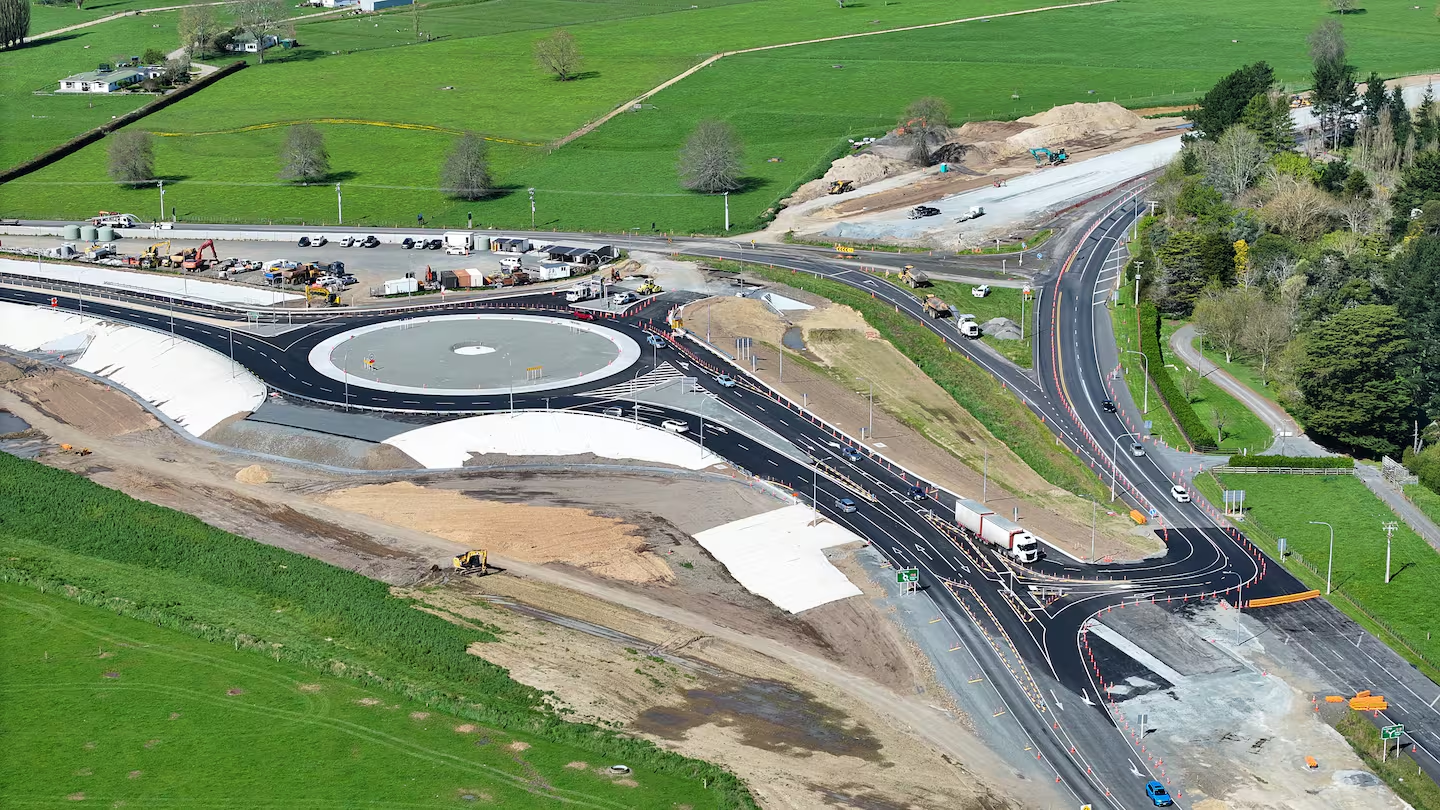
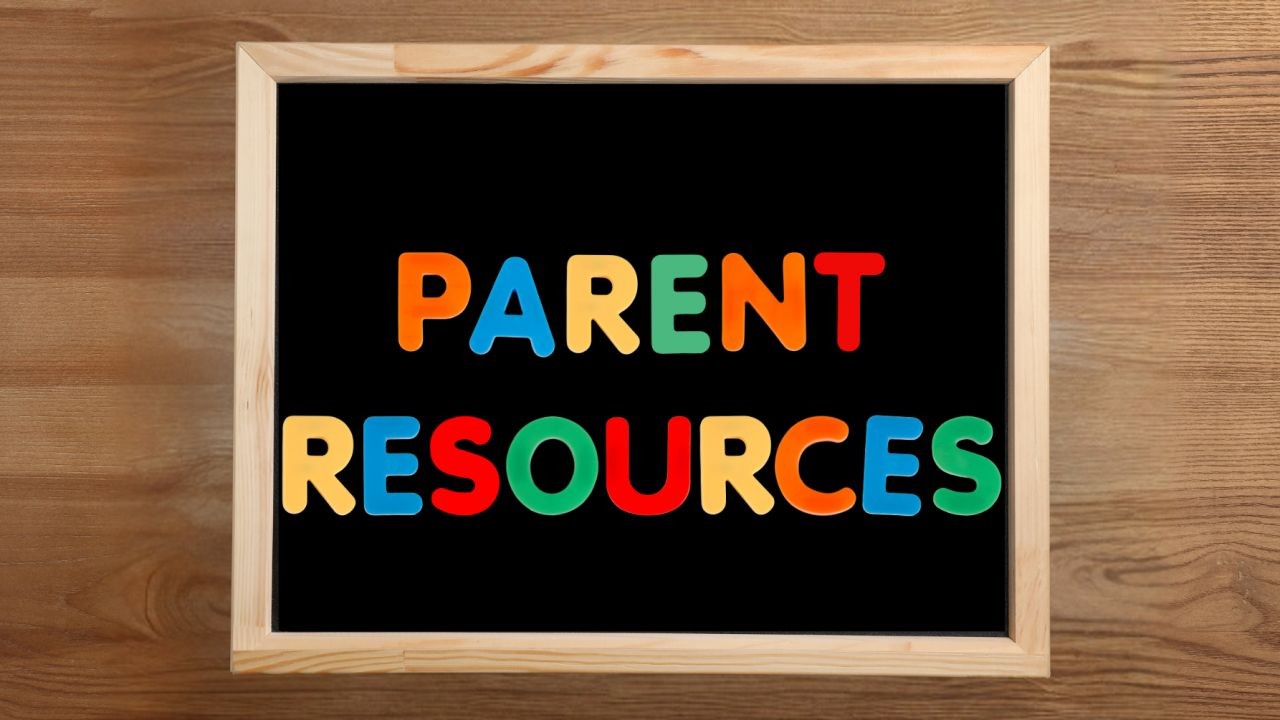


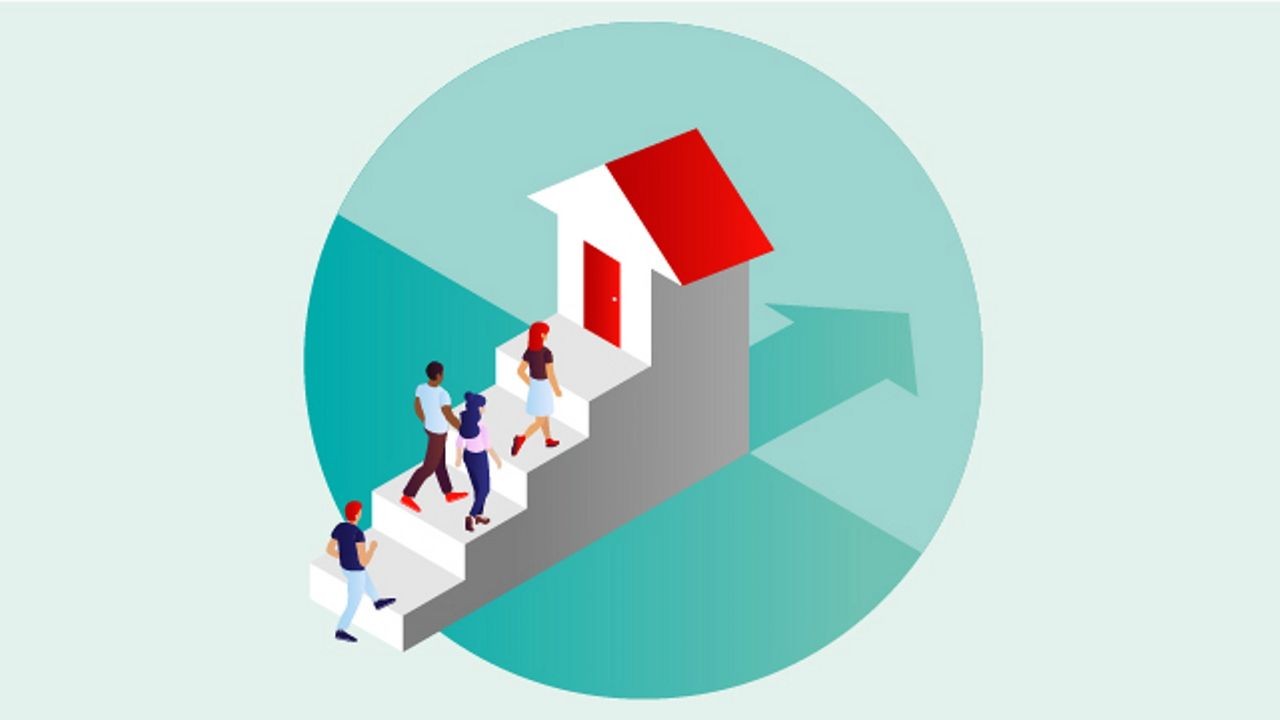





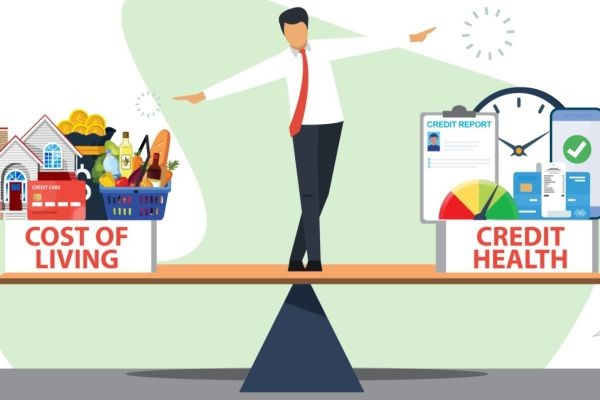









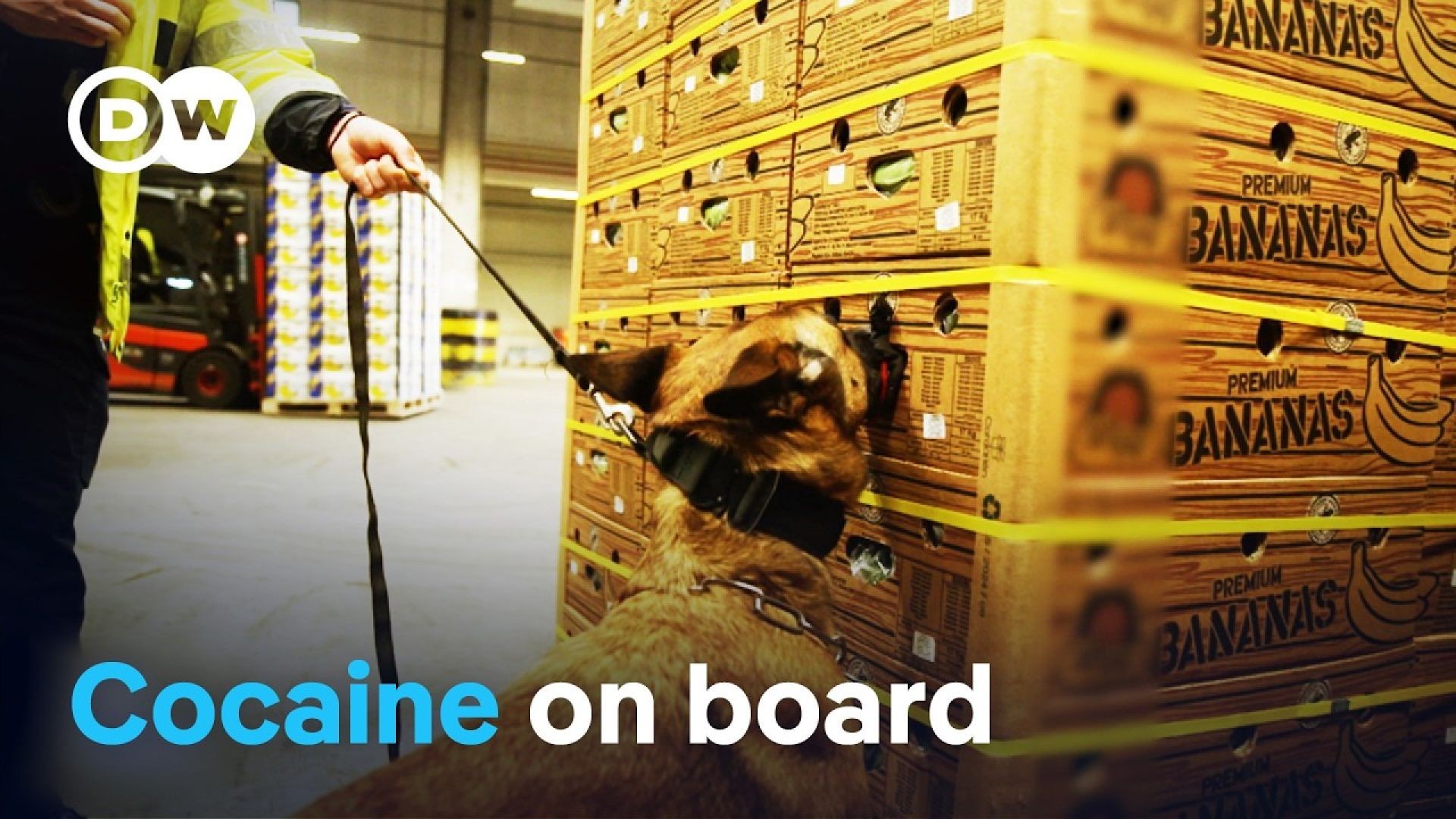




orengriego4111
5 months ago